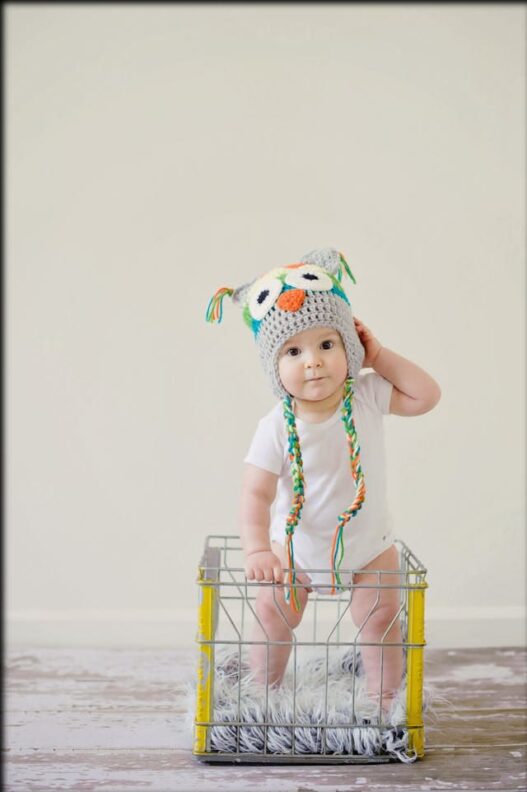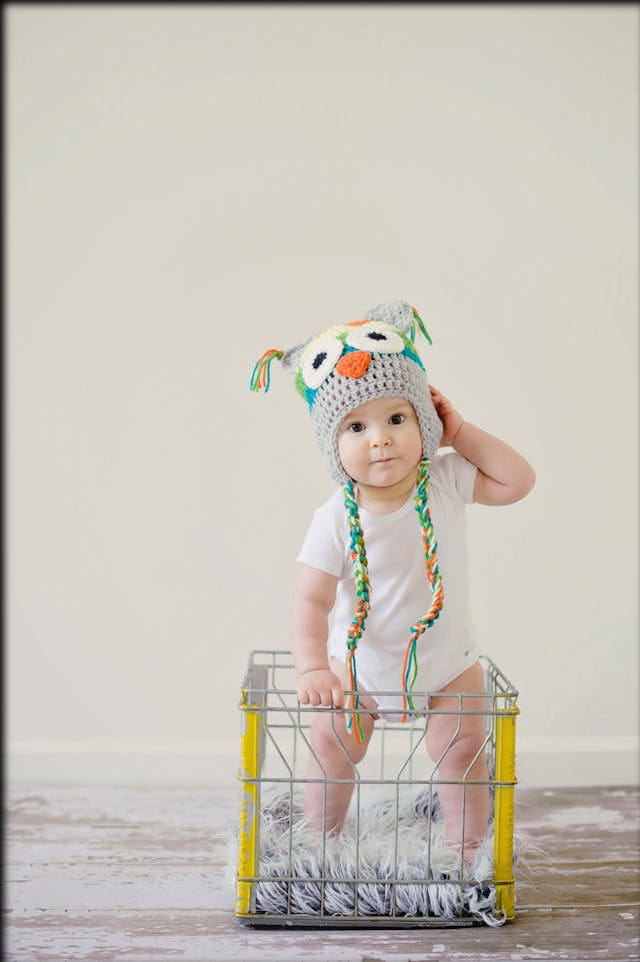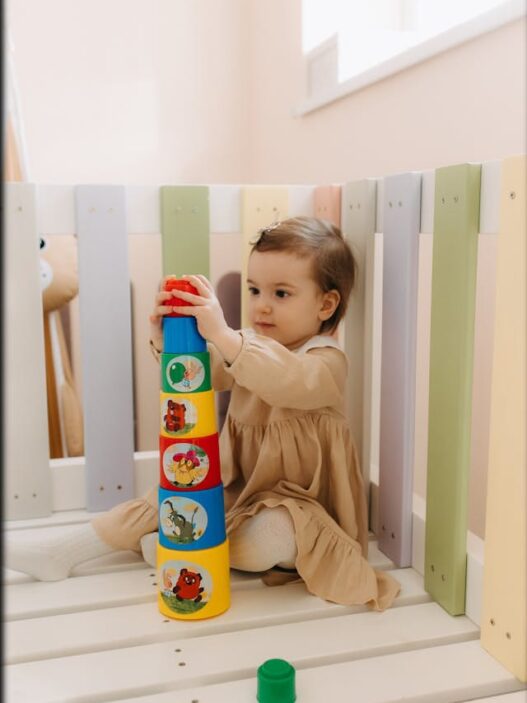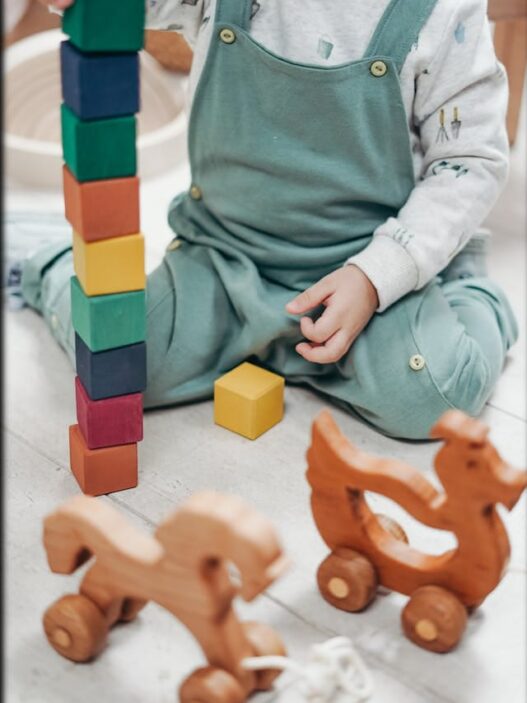Coping with a crying baby can be a challenging and tense experience for parents. It can be overwhelming and frustrating when your child is upset and you’re unsure how to calm them down. Thankfully, there are several simple yet effective techniques available to bring comfort and relief to your baby. This article will explore some proven strategies for swiftly soothing a crying baby.
1. Make sure fundamental needs are satisfied
To soothe a crying baby, begin by making sure their fundamental needs are met. Verify if they are hungry, tired, or require a diaper change. Sometimes a simple solution like feeding or changing their diaper can halt the crying. Additionally, make sure your baby is at a comfortable temperature, as being too warm or too cold can also lead to discomfort.
2. Swaddle your baby tightly
Swaddling is a technique where you wrap your baby snugly in a blanket to create a feeling of safety and security, mimicking the womb. This gentle pressure can soothe your baby’s nerves and decrease crying. It is crucial to swaddle your baby properly, making sure their face is uncovered and their movements are not limited.
3. Rock or gently sway your baby
Babies find comfort in movement as it reminds them of their time in the womb. Soothing your infant with gentle rocking or swaying can calm them down and reduce their crying. You can try holding your baby, using a swing, or taking them for a walk in a stroller to help them relax and fall asleep easily.
4. Add white noise to the mix
White noise is a soothing and uninterrupted sound, like a fan or soft rain, that can block out other noises and create a peaceful environment for your baby. Use a white noise machine, fan, or phone app to create a steady sound that can help your baby relax and stop crying.
5. Offer a placeholder
One way to calm a crying baby is to give them a pacifier, as sucking can have a soothing effect. Offering a pacifier can help alleviate your baby’s distress and provide them with comfort. If your baby is crying, try giving them a pacifier to see if it helps. Make sure to select a safe pacifier that is free from any hazards.
6. Give skin-to-skin contact a try
Participating in skin-to-skin contact is a valuable technique for calming a crying baby and providing them with a feeling of safety. By cuddling your baby against your bare chest, they can feel your warmth and hear the sound of your heartbeat. This form of contact helps regulate the baby’s heart rate and body temperature, as well as stimulating the release of soothing hormones. This method is especially helpful for newborns and infants who are crying frequently.
7. Use a mild and gentle massage method
Massage your baby with a gentle touch to ease tense muscles and provide comfort. Use a baby-safe lotion or oil to gently massage their back, arms, legs, or feet. This can help release tension, boost circulation, and promote relaxation, leading to a calmer, happier baby who may stop crying.
8. Try changing your surroundings to see if it makes a difference
At times, switching up your baby’s surroundings can help shift their focus and provide a new outlook. If your baby is upset and crying, try relocating them to a different spot or going for a walk outside. The change in environment and fresh air might help soothe your baby and ease their crying. Furthermore, singing or speaking softly to your baby can offer a comforting diversion.
9. Use a baby carrier or wrap
Baby carriers and wraps can effectively soothe a crying baby by providing a sense of security and closeness. By keeping your baby close to your body, they feel protected and comforted, which can help reduce their cries. These soft and cozy carriers allow you to carry your baby while completing daily tasks, offering a gentle swaying motion that comforts and calms your little one.
10. Don’t forget to stay calm and patient
Staying calm and patient is essential when trying to calm a crying baby. Your baby can sense your emotions, so it’s important to stay relaxed and not become upset or anxious. Remember to take deep breaths, focus on soothing your baby, and understand that crying is normal for infants. If necessary, don’t hesitate to ask for help from a partner, family member, or friend. This phase won’t last forever, and your baby will eventually calm down.
In summary, calming a crying baby may prove challenging, but with patience and perseverance, it is possible to comfort them. By tending to their basic needs, such as swaddling, rocking, using white noise, offering a pacifier, engaging in skin-to-skin contact, gentle massage, changing the environment, utilizing a baby carrier or wrap, and maintaining a calm demeanor, you can effectively soothe a crying baby. Remember that each baby is different, so experimentation may be necessary to determine the most effective method for your child. Stay positive and focus on creating a peaceful and loving atmosphere for your baby, and eventually, the crying will subside.
























